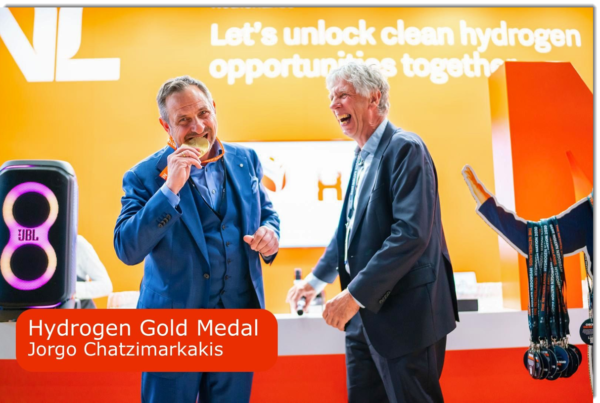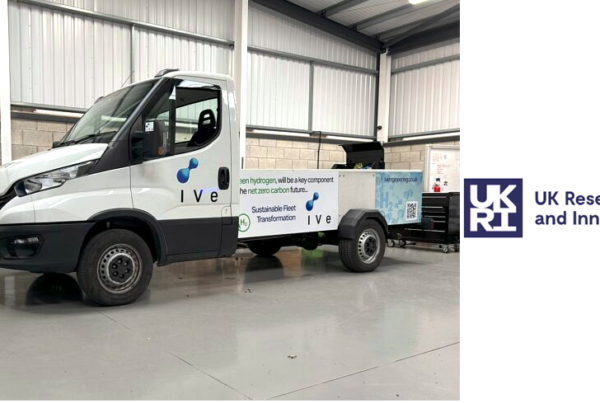
Leaders in various industries increasingly realize they must take specific actions to contribute to the gradual decarbonization of society. Mining is one of the sectors in which that’s true.
Statistics show that 4-7% of greenhouse gas emissions come from mining-related activities. Those are Scope 1 and 2 emissions, derived from the operations and the power consumed by equipment. However, 28% of global emissions are Scope 3 and indirect, often from coal combustion.
No single method will eliminate all the mining industry’s emissions. However, many people argue that fuel cells are key aspects of making progress. Here’s a closer look at why that’s the case.
Mining Industry Gradually Switching to Hydrogen Trucks
One of the most popular ways that people in the mining sector use fuel cells is by switching to trucks that use them. In one recent development partnership, United States-based motor producer Cummins and Japanese construction equipment manufacturer Komatsu teamed up to make zero-emissions mining vehicles. Their initial priority is using hydrogen fuel cells for mining trucks.
More specifically, they’ll begin by further developing an existing Komatsu concept vehicle. It should eventually be able to run with several power options, including hydrogen fuel cells.
In another case, United Kingdom-based mining company Anglo American recently unveiled its prototype for the world’s largest battery-hydrogen hybrid mine haul truck in South Africa. It relies on multiple fuel cells that collectively provide up to 800 kilowatts of power. The vehicle can also carry up to 320 tons, making it suitable for everyday use. The company hopes to eventually use such innovative vehicles to replace an existing 40-truck fleet that needs about 1 million liters of diesel each year.
Chinese mining truck company NHL also intends to produce a hydrogen fuel cell-lithium battery hybrid by the end of 2022. It will reportedly reduce carbon emissions by the equivalent of 600 passenger vehicles.
It’s too early to say how much of a collective effect these efforts will have, especially since these pioneering vehicles are not widespread. However, it’s undoubtedly positive that leading brands in the mining industry are investing in these projects.
Better Awareness of Hydrogen Locations Could Boost Interest
People must know where certain resources are situated before starting to mine them. For example, statistics show that all but two of Wyoming’s counties produce oil and gas. Concerning hydrogen specifically, Louisiana, Texas, and California are the largest resources for it in the United States.
In South Africa, researchers have been diligently working to create a database of all available green hydrogen mining sites in the country. They had cataloged about 90% of the locations as of August 2022. The people involved plan to launch the completed “atlas” at the end of 2022.
Knowing about hydrogen sources could encourage people in the mining sector and elsewhere to learn more about how this power source could help make their industry greener. That would not be the first case of better awareness sparking change.
For example, 3% of America’s electricity comes from mountaintop removal. However, this method is extremely damaging to health and the environment. Once more people learned that, they began demanding that the mining industry look for alternatives.
It’s also a good sign that some world leaders have set hydrogen-related goals for the mining industry. In Chile, authorities want hydrogen to power 87% of the country’s nearly 1,400 mining trucks by 2050. A pilot project recently launched there to explore the feasibility of replacing diesel power with modular hydrogen fuel cells and batteries.
Hydrogen Fuel Cells Will Put Mining on a More Sustainable Path
The mining sector has a lot of work to do to become more sustainable. But, these examples show why hydrogen fuel cells show the way forward. They’re not suitable in every case. However, the more people learn about feasible applications, the easier it will be to use them more regularly and get great results.


Jane Marsh, Contributor
The views and opinions expressed herein are those of the authors and do not necessarily reflect the official policy or position of Fuel Cells Works, its directors, partners, staff, contributors, or suppliers. Any content provided by our contributors or authors are of their own opinion and are not intended to malign any religion, ethnic group, club, organization, company, individual or anyone or anything.
Read the most up to date Fuel Cell and Hydrogen Industry news at FuelCellsWorks




